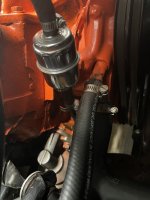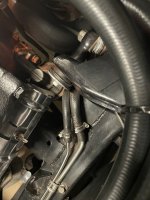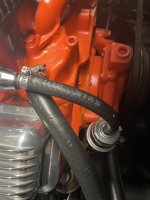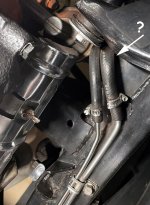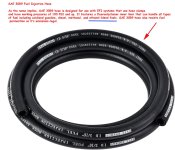Mad4slalom
Well-known user
Hi all , someone I was talking to today mentioned that the biggest cause of fires in classic cars was the old rubber fuel pipes degrading from the ethanol in fuel and causing leaks onto hot engines. Any one here replaced their old rubber lines and know where on the car to look for said lines. I think mine are mainly metal fuel pipes but guess there are some rubber sections to allow for movement and vibration. Recommendations for correct spec rubber pipes welcome , mine was restored over 12 years ago now so thought worth renewing again for peace of mind. TiA. 

